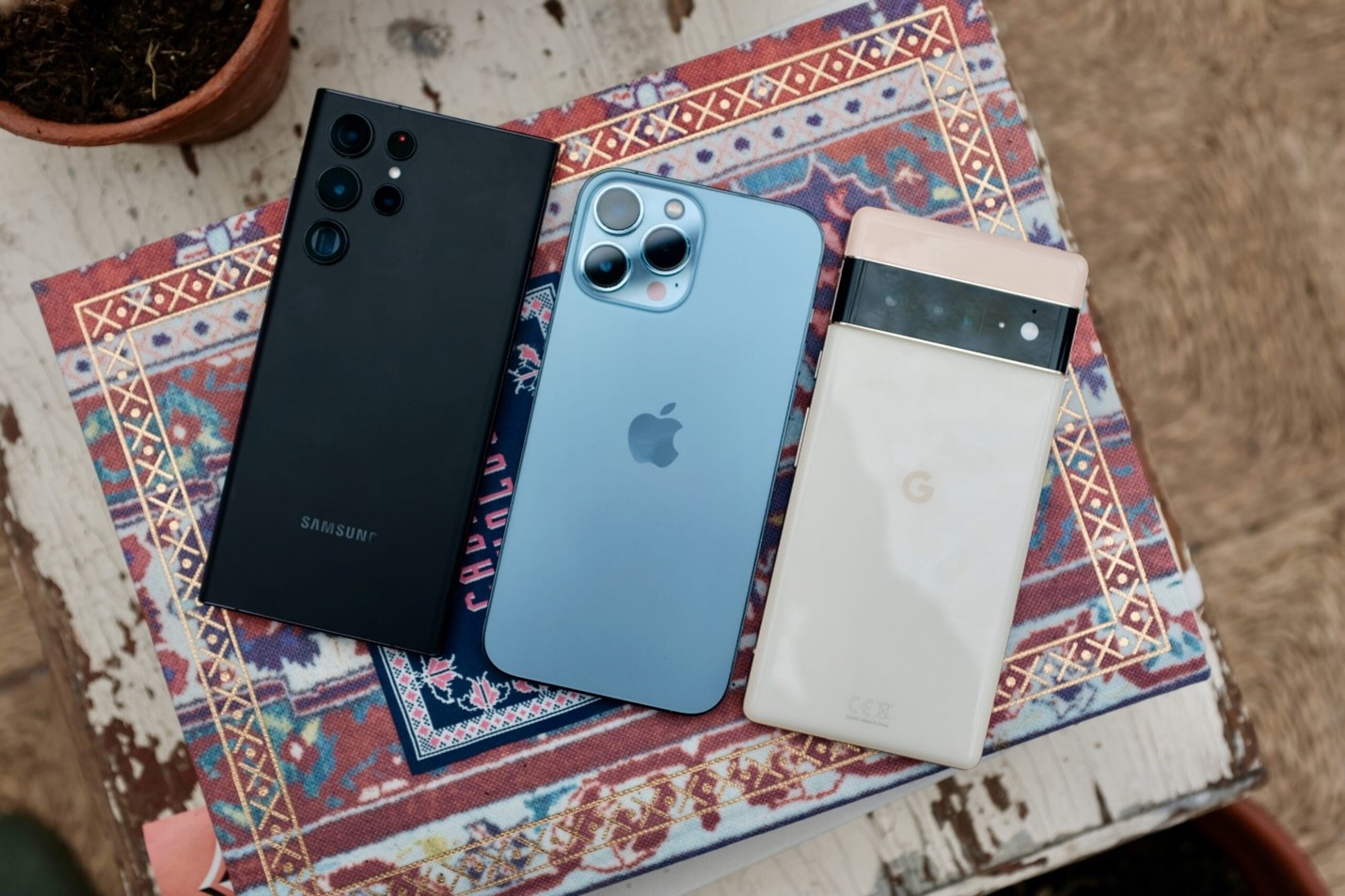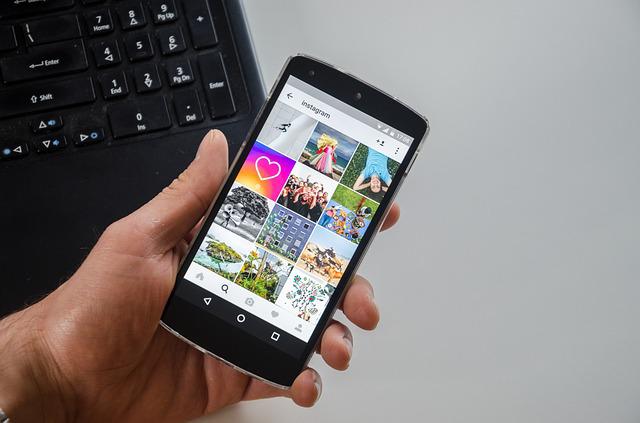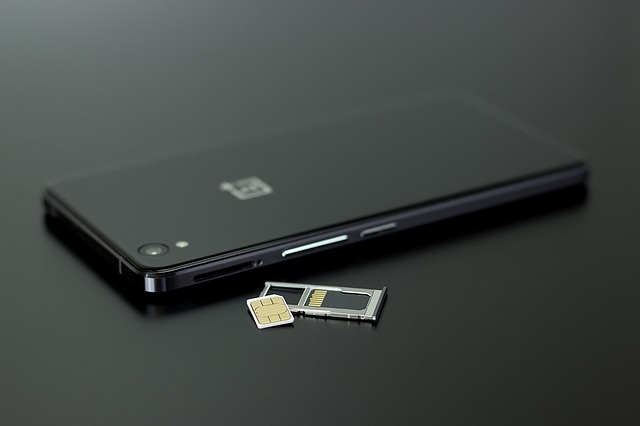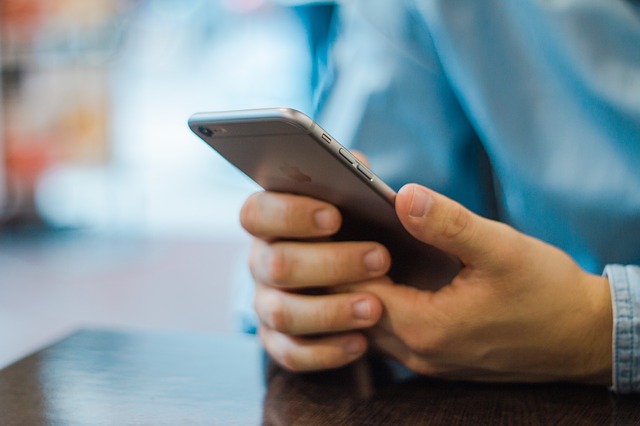
Is Android better than iPhone? We're not knocking iPhones, but there are some areas where Android smartphones outperform iPhones. We'll go over 12 advantages of Android over iPhone in this article.
Is an Android phone better to an iPhone?
This is a long-running debate, with Android users arguing that their device outperforms the iPhone model in games, and iOS users arguing the opposite.
Remember that these two types of smartphones are more widely used around the world than any other phone. To begin with, there isn't much that Android can do that the iPhone can't do and vice versa.
But we believe that Android is better for users who need a new phone, as we'll show in this article.
Even though Apple continues to add Android-like features to iOS, Android users continue to have a significant advantage over iPhone users.
Some of the features Android owners can claim as their own include the ability to use two apps at the same time, launchers, and more customizability. The advantages of Android over iPhone are listed below.
But don't worry.
We've treated Android the same way, emphasizing the advantages of the iPhone over Android - where they are better.
Android has several advantages over the iPhone.
The following are 12 reasons why are Androids better than iPhones.

1. Reasonable Cost
The most significant advantage of Android over iPhone is its cost.
Because there are so many Android device manufacturers, there is a wide range of smartphones available at various price points. Only the most powerful and expensive Android smartphones come close to the cost of Apple products.
Many people around the world use Android because it is cheap.
2. You have more Android Hardware options
Android phones are available in a wide range of sizes, shapes, feature sets, and price points. And you may wonder are Androids more durable than iPhones? The question and answer is multi-faceted.
New Android phones are released at various times throughout the year. Whatever your budget, there's a good chance you'll find an Android device that meets your needs or offers unique features.
When it comes to the iPhone, Apple only releases a maximum of four devices per year, all of which have previously been expensive at launch before being reduced in price with subsequent generations. The iPhone 13 mini, which costs $699 and has a 5.4-inch display, is one of the most affordable new Apple phones. So iPhone owners have to go to high-end expensive phones or previous generation options.
Android has a variety of options to suit any budget, whereas iOS is more expensive and only fits certain budgets.
Although some brands, such as Samsung, have more expensive iOS models, there are still some models that are affordable across a range of budgets. The Galaxy S20 FE costs the same as the Galaxy S20 but has a 6.5-inch 120Hz screen, a telephoto lens, and a much longer battery life. Then there are the Google Pixel options, which are quite a good balance of price and features, the Huawei with a range of phones and then come various low-budget manufacturers.
Most Android phones will fit somewhere in between the high-end and the low-budget options.
The iPhone SE, Apple's most affordable iPhone, is a stunning device with excellent performance for only $400, though its design is dated and its screen may be too small for some.

3. Memory expansion
The majority of Android phones have expandable memory. That means you can insert a micro SD card into an additional slot on the side of your phone to expand its memory.
Given the exorbitant prices Apple and other phone makers charge to double or quadruple storage when you buy your smartphone, this is a huge benefit.
Why spend an extra $100 to $150 on a new phone for an extra 128GB or 256GB of storage (that you're not sure you'll use) when you can just spend $70 on a 512GB card later?
Furthermore, Google Drive provides Android users with 15GB of free storage, whereas iCloud only provides 5GB.
4. Type C USB
The Android world has moved on to the USB-C standard, which is far more advanced and durable. Almost every computer now uses USB-C, including laptops from Microsoft, Lenovo, Dell, and even Apple.
While Apple's Lightning cable is a throwback to a time when every tech company felt compelled to create its own proprietary connector, USB-C represents the ideal single-port solution that the industry is striving for. It also makes faster charging technologies possible.
For example, the OnePlus 9 Pro can charge from zero to 61 percent battery capacity in just 15 minutes. After 30 minutes, your battery should be 99 percent charged.
When compared to the iPhone 13, which is still using Lightning, it doesn't even come close. Furthermore, Apple no longer includes a charger with the device.
5. Headphone Jack
If you've ever used an iPhone, we've sure you've gone to plug in a pair of headphones only to realize you've forgotten your headphone dongle somewhere. Because there is no headphone jack on an iPhone, it cannot be connected to standard headphones.
Many Android phones still have headphone jacks, which were a popular feature that Apple removed from its phones in 2016. People who still prefer to listen to music, podcasts, or audiobooks through wired headphones will be disappointed.

6. You are not required to use iTunes.
Android users don't need iTunes because they have a lot more options for music services and purchases.
More and more services are coming to Android, including movies, TV shows, games, and many others. Apple is known for its innovative hardware and software, but iTunes, which is required to transfer music from your iPhone to your computer, is a tedious mess.
It's so difficult to uninstall that Apple provides a detailed guide on how to completely remove iTunes from your computer.
7. Launcher Apps
A launcher, also known as a home-screen replacement, is an app that changes the software design and features of your Android phone's operating system without making a permanent change.
Launchers can be downloaded, installed, and used just like any other app from Google Play. These apps allow you to completely alter how you interact with your phone's home screen, app drawer, and even app icons. Using a launcher on your Android phone allows you to customize almost every aspect of how your phone looks and functions, making it feel completely personal.
It's difficult to imagine Apple allowing something like this to happen with the iPhone, though it appears the company is loosening its grip on how much iPhone users can customize their home screens.
Though both iOS and Android have evolved over time, Android has always been known as the platform for users who want complete control over the appearance of their smartphone. Android users can customize anything including their home screen layout to page transitions, effects, and even gestures with the home screen launcher, something the iPhone has only recently caught up to with iOS 14.
So, if you like to tinker with your devices and customize them, an Android smartphone is the way to go.
8. Multitasking
Multitasking on Android has undergone some significant changes thanks to Google.
On your Android smartphone, you can split the screen and use two apps at the same time. For example, you can simultaneously watch a YouTube video and respond to WhatsApp messages.
In a nutshell, split-screen mode on Android improves multitasking and can help you save a lot of time and effort if used properly. It's unclear why Apple hasn't added this feature to the iPhone yet, but it could have something to do with the iPhone's smaller app windows compared to the iPad's larger display.
You can argue all you want that iOS multitasks. While switching apps back and forth allows you to do multiple things at once, it doesn't come close to the level of multitasking offered by some Android phones.

9. Widgets
Android has long had a significant advantage over iOS in terms of widgets. You can add a variety of widgets to your home screen on Android. Dark Sky, for example, displays weather, clock, alarms, flashlight, email, calls, and much more on your home screen, which you can arrange however you want.
Apple had previously refused to include widgets on any of the main home screens, but with the release of iOS 14 in 2020, Apple finally decided to include widgets on the home screen.
The disadvantage is that they are extremely limited and only appear in the notification area. Android takes the lead in this area.
10. Physical back button
The back button on Android allows you to seamlessly switch between applications. It's a standard element of Android design that most users are familiar with. If you click a link in Facebook and are taken to the Chrome browser, you can use the back button to return to the social media app.
11. The Play Store has a lot of free apps and games
You can enable the installation of apps from unknown sources on Android by turning on a switch. This allows you to install apps from sources other than Google Play Store, the Google app store. You can install an app from somewhere else even if Google doesn't approve it. In addition, Google's own app store has fewer restrictions.
You can only download apps from Apple's App Store on iOS. You won't be able to use an app if Apple refuses to approve it or removes it from the app store. Apple, for example, does not allow video game emulators, BitTorrent clients, and a variety of other apps that they deem controversial.
12. Personalization
Android's level of customization is one of its strongest features. Android allows you to customize your phone to your liking, including live wallpapers and keyboards.
While some manufacturers, such as Motorola with Moto Maker, LG with replaceable leather back plates, and others, allow complex hardware customization, Apple will never do so for you. Apple wants to maintain control over default apps in order to keep the software and hardware experience consistent, though an element of personilization comes when you acquire additional hardware such as the Apple Watch.
Another advantage of Android over iPhone is that you can completely customize your home screen. Although you can now add widgets to the home screen and use custom app icons to mix up the overall look, Apple's approach to the home screen is still locked to placing all installed apps in a rigid grid.
The home screen on Android devices, on the other hand, does not follow a grid layout, allowing you to place apps wherever you want. You can create folders containing groups of apps on both platforms.
The advantage of Android's method is that you can personalize your home screen by arranging app icons in any pattern you want.
Wrapping Up
Now you know why Android is better than iPhone.
These are some of the benefits of Android over iPhone. Android is more liberating because it gives you more options: how much money you want to spend, what hardware and software features you want, and how you organize and personalize your experience. If you're particular about the technology you use, Android might be more appealing. But, at the end of the day, everyone's tastes and preferences are different.
Android Over iPhone FAQ’s
Which is better, Samsung or Apple?
Although Apple's consistency remains its strong suit, Samsung smartphones' camera experiences are far more refined, fun, and versatile. Samsung phones are ideal for those who enjoy experimenting with their cameras and trying out new camera features.
Is switching from Samsung to iPhone difficult?
Switching from an Android phone to an iPhone is difficult because you must learn a new operating system. However, making the switch only takes a few steps, and Apple has even created a special app to assist you.
Why does the iPhone cost more than Android?
Security is one of the main reasons why Apple products are so popular and the iPhone is so expensive. Customers trust Apple because they maintain strict security in all of their products including the apps allowed on the App store. The Apple hardware is usually a bit more premium in general.
